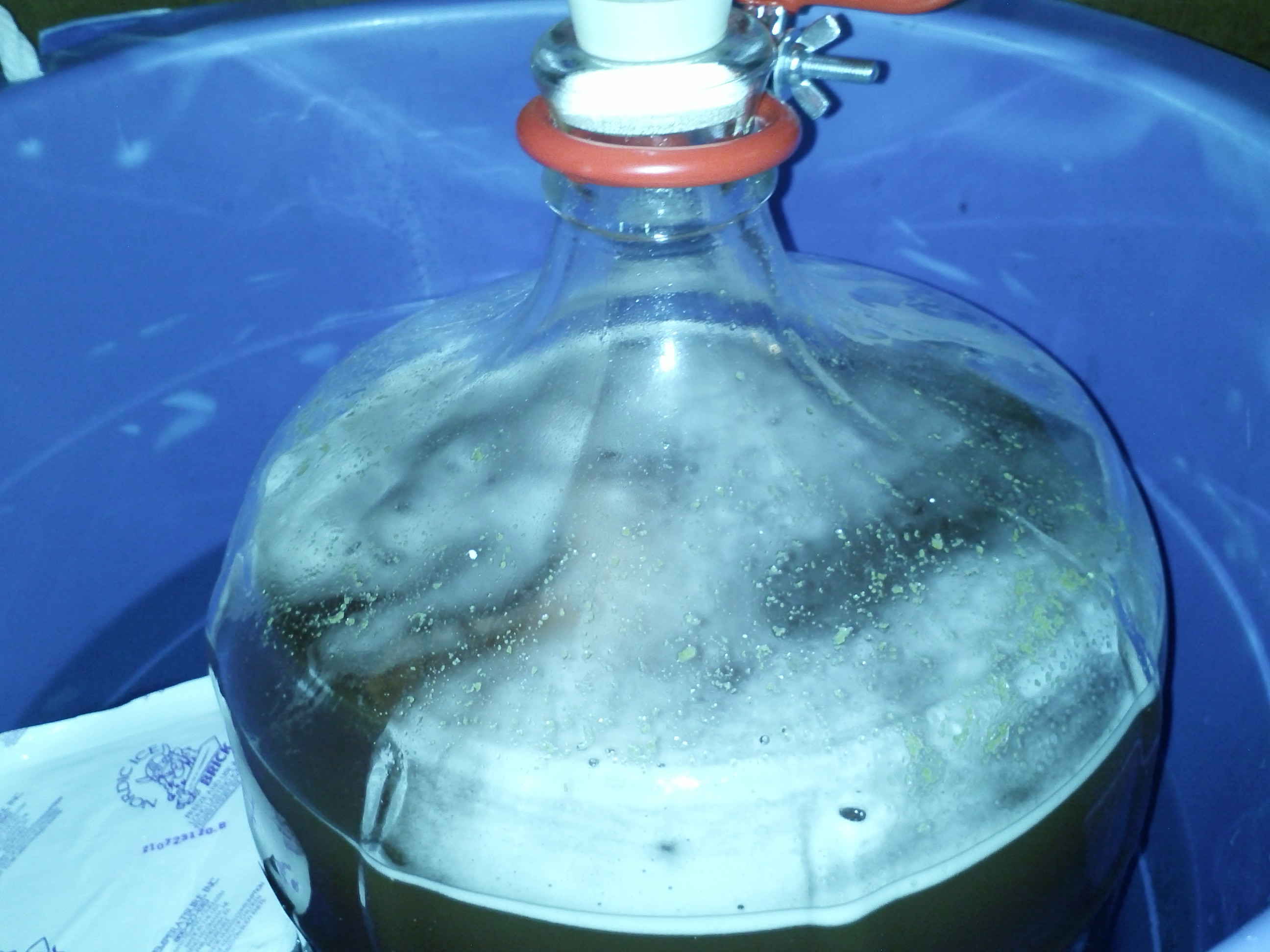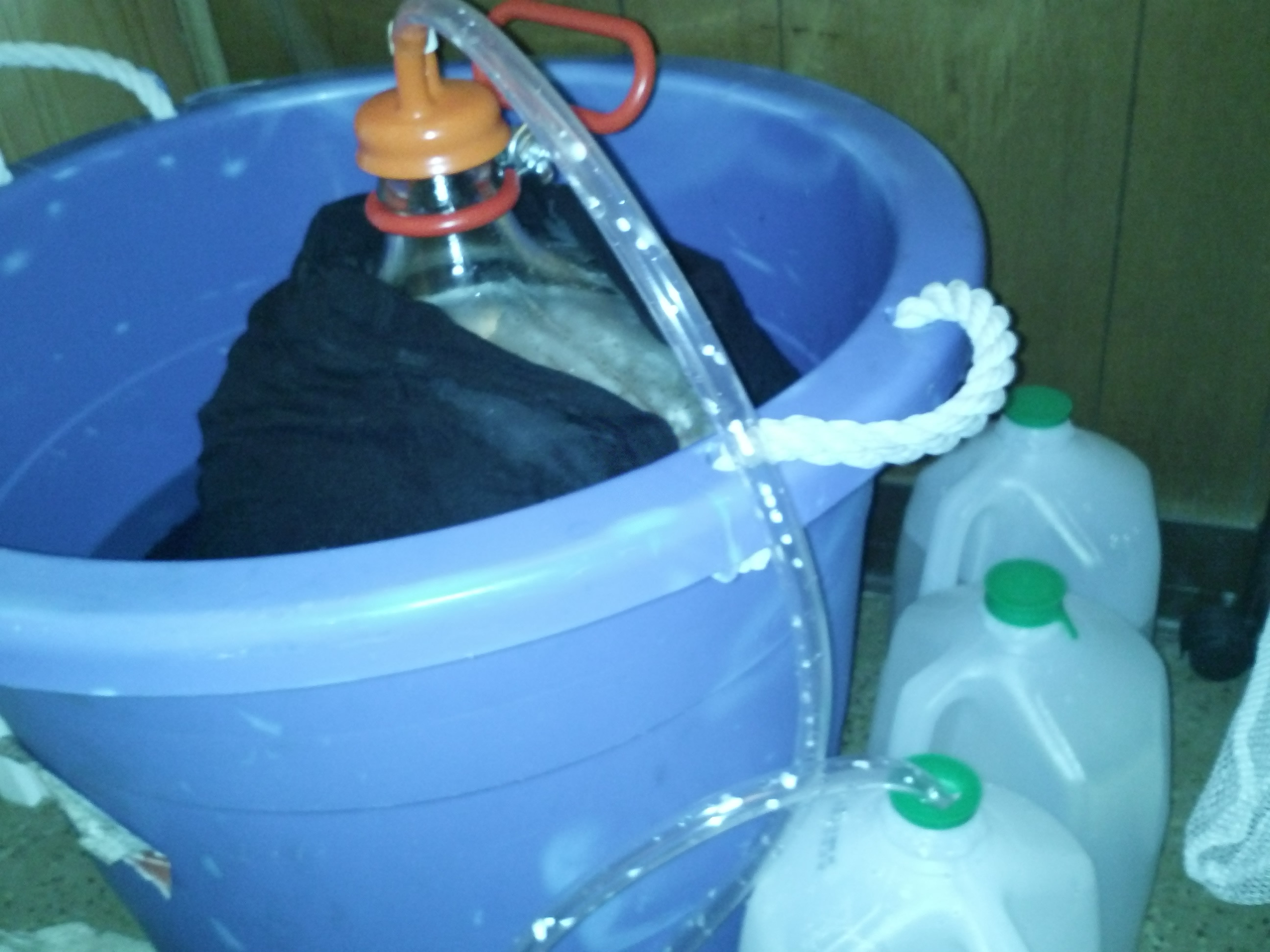BradTheGeek
Well-Known Member
- Joined
- Aug 7, 2013
- Messages
- 169
- Reaction score
- 11
Okay, I am a beginner. I have only really done one extract brew that I added some honey and brown sugar to then dry hopped. It came out pretty good, and I have been collecting supplies for my next batches.
I was at the LHBS, getting a few things to add to my brew pantry, and was talking about their upcoming homebrew for hunger event. Well, I have now signed up to supply at least 4 gallons of my own brew. There is the foot in the mouth. I am not sure I am ready for this, beer geek that I am!
My idea for a personal brew was to try an IPA/DIPA that used some oats and/or honey. The oats to increase the body/head/retention, and the honey, well because I have 5 lbs on hand and I used it in my last brew. Since the event is in early November, I need to brew sometime soon, even though IPA's do not typically need a ton of conditioning time. So, playing around with BeerSmith, reading tons of recipes, and plugging in what I have, this is what I came up with, but I have no idea how well it will work. I will be making a 5 gallon batch that is extract and partial grain. This recipe that I have concocted uses all things I have now, but as long as the bill is low I may be able to add/change some aspects. My questions to the brewheads here, is does it sound feasible? What changes would you make? Keep in mind I am using an electric stove and not so huge pot (although I do have larger pats, including an immersion canner, but I want to make sure I can actually BOIL).
Boil 2.25 gallons, pour in carboy and cool.
Steep the following at around 150-160 in 2 gallons water:
1lb crystal malt 20l
.5 to 1lb rolled oats
Drain, then 'sparge' in a 1 gallon of 150 degree water in another pot.
Combine steep and sparge water in first pot (total 3 gallons).
Bring to boil, adding 3 lbs Amber DME.
Boil 90 minutes, (pellet) hopping as follows with the following:
10 minutes .5oz Citra
15 minutes .5oz Citra
20 minutes .5oz Citra
25 minutes .5oz Citra
30 minutes .5oz Simcoe
40 minutes .5oz Summit
50 minutes .5oz Summit
10 minutes before end of boil, (at 80 miuntes)add 1.5 lbs corn sugar and 1 lb honey
Chill (no wort chiller, so it will be sink water/ice baths), add to carboy and pitch Safale US-05.
I do not have the best control over fermentation temps, and only one carboy, so I do not plan to rack off after primary fermentation. This makes it easier for me (I could rack to bottling bucket, clean carboy and transfer back), and the yeast cake should remove the small amount of diacetyls that US-05 may make if temps get a little warm if I have read correctly.
After 5-8 days of fermentation, and the krausen has dissipated, dry hop with 1oz Citra and 1oz Centennial.
From BeerSmith I get a OG of about 1.075, IBUs of around 83, and close to 9% ABV, right in IPA/DIPA territory.
So, do I sound like a complete idiot? Or does this sound like a plausible recipe? Feel free to lash out at my newb status and any dumbness, as long as you provide constructive suggestions too!






